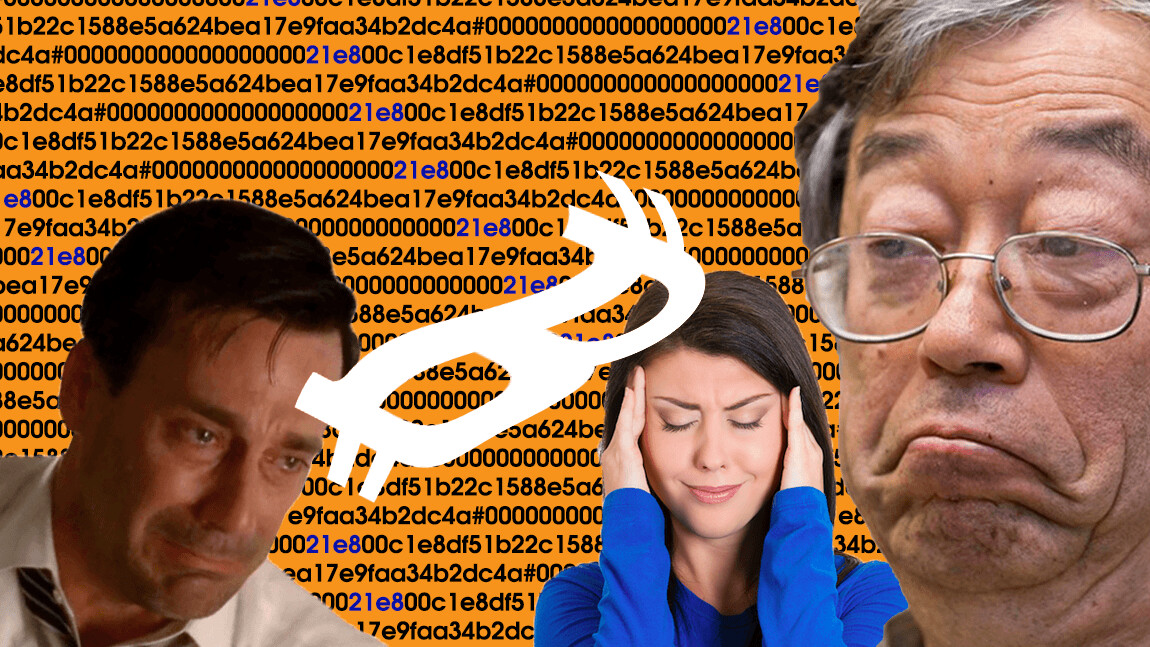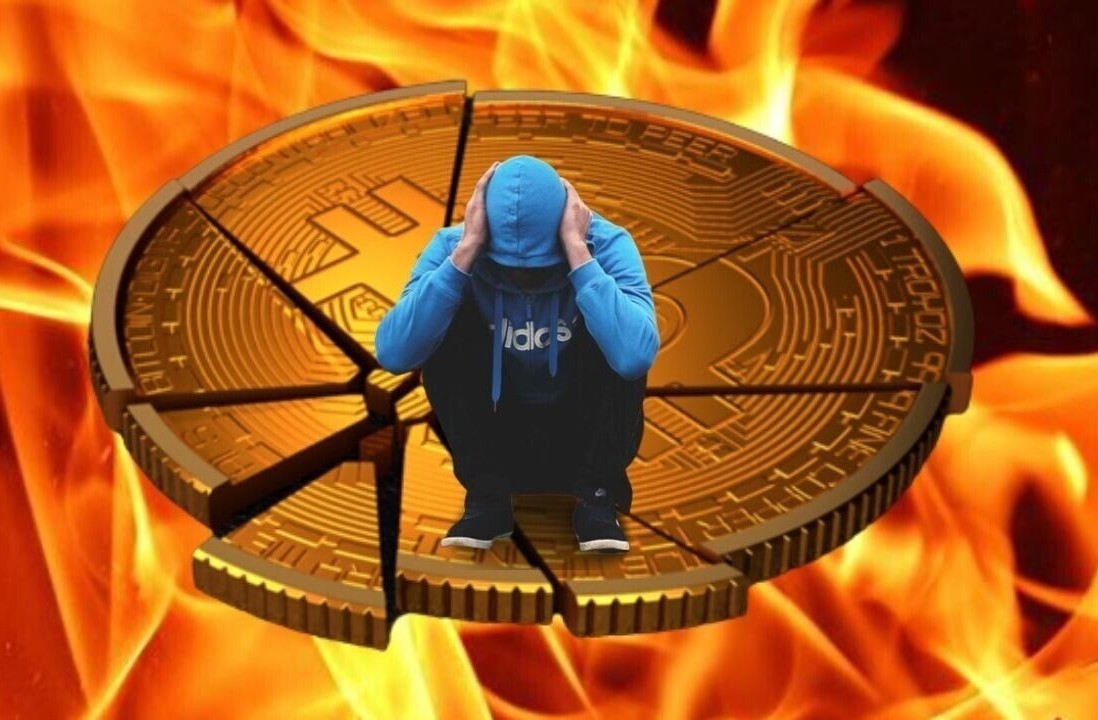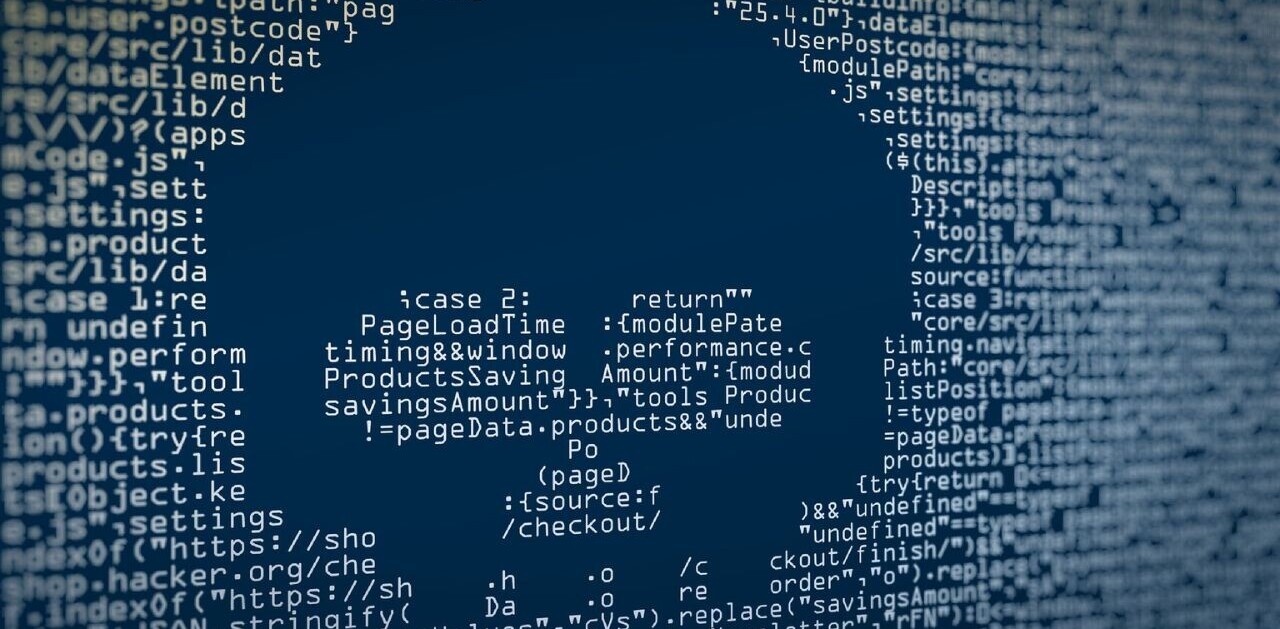
#00000000000000000021e800c1e8df51b22c1588e5a624bea17e9faa34b2dc4a
You know how geeky the cryptocurrency community is, when this is the trending hashtag on Twitter.
This long sequence is a ‘block hash’ — a cryptographic number that is produced when new transactions are validated and written on the Bitcoin blockchain. This particular hash belongs to block number 528249 created on Tuesday.
Usually, no one is excited about block hashes — but there was something very peculiar about the sequence that threw the whole community into a frenzy.
This was the presence of “21e8” in the middle of the string after the zeros end.
“E8 Theory” is a theory in physics that attempts to describe all fundamental interactions in the universe such as gravitational, nuclear and electromagnetic forces. The theory was proposed by Antony Garrett Lisi in his paper “An exceptionally simple theory of everything” in 2007.
The theory is not yet proven — and for the most part was never taken seriously by ‘mainstream’ physicist. But some cryptocurrency enthusiasts are reading between the lines to pitch their own conspiracy theory.
A twitter user Juan Galt, for instance, suggests that the meaning of the name ‘Satoshi Nakamoto’ in Japanese is “one who is enlightened (Satoshi) at the centre of the origin (Nakamoto).” This is supposed to be evidence that Satoshi had some connection with the E8 theory.
The number attached to E8 is “21″ — which coincidentally matches the number of the maximum supply of Bitcoin (21 million). This has led some to conclude that Satoshi might have placed this hash purposefully in Bitcoin to be ‘discovered.’
But this is where the actual drama starts.
If someone purposefully attempted to mine this particular hash, it would take them forever — literally. Not to mention that it will require computing power that existing machines are simply not capable of.
Andrew Desantis, a computer scientist, has a precise answer for how long it takes to mine a predetermined hash.
— Bitcoin Geoff “Still The Same Kids” Tarantino (@desantis) June 20, 2018
Aas per nother software engineer on Twitter going by the handle @yungdeleuze on Twitter — it would take about 2,512 years to be able to mine the hash in question. Unless, a functioning quantum computer exists or time travel works.
So… you can’t fake math, or probabilities. It could have been random chance. But if it’s not, the only reasonable possibilities are that a functioning quantum computer exists, or time travel works.
— ? (@yungdeleuze) June 20, 2018
Clearly, this sci-fi scenario struck a chord with the Twitterverse’s cryptocurrency community – which is also why it went viral.
Here is some of the chatter:
So my mind is melting. Satoshi may be artificial intelligence. And/or time traveling. Maybe quantum computing now exists. Esoteric and metaphysical meaning has found its way to crypto.@mwilcox @desantis #00000000000000000021e800c1e8df51b22c1588e5a624bea17e9faa34b2dc4a
— Cosmic Giggle (@TheD3vineOne) June 21, 2018
Another explanation to this whole #21e800 thing is that we actually do live in a giant simulation and Satoshi Nakamoto is the creator of this world/simulation we live in
He has implemented himself in this simulation to leave breadcrumbs for us to find answers about our existance
— ฿oogiecrypto (@BoogieCrypto) June 21, 2018
Say what you will, but the idea that Satoshi Nakamoto travelled back from the future to mine this has with his quantum computer is certainly a compelling sci-fi narrative – and I am personally somewhat sold on it. But it appears not everyone else is: some people are taking the route of rationality.
The biggest critic of the idea that this hash is special in anyway is Cornell Professor Emin Gün Sirer.
“There are many other numbers that look significant, though they are not exactly 21e8,” Sirer said in a tweet. “If you add those, chances of spotting special numbers are going to be very high. This is basically numerology on the blockchain.”
People are hailing this block as being magical. That's innumerate.
6 * 24 * 365 / (16 *16*16*16) comes out to ~1. Expect approximately 1 such magical block per year https://t.co/mGn0C0V5KY
— Emin Gün Sirer (@el33th4xor) June 21, 2018
Dan Robinson, a programmer at Chain, further pointed out that coincidences like these happen all the time, and there’s no need to turn to ‘cult’ like behaviour.
Robinson shared a list of blocks that all start with “21e8”: 26284, 83434, 187323, 259695, 304822, 349158, 437039, and 475118. As per blockchain.info data, it seems that “21e8” repeats itself in one string every year.
The programmer also pointed out that there have been other more morbid coincidences than this one — but there is nothing to read into them.
OK I don't believe in numerology and I don't believe Dave Kleiman was Satoshi but I'll point out anyway that this block was mined on the exact 1-year anniversary of Dave Kleiman's deathhttps://t.co/uIw9YdXYIg
— Dan Robinson (@danrobinson) June 21, 2018
Some users also pointed out the extraordinary number of zeros present in the hash. But scanning blockchain.info for other transactions that took place on the same day, it seems they all have more or less the same number of zeros. This has to do with the fact that how difficult mining has become these days rather than with this particular hash.
As much as I want to entertain the scenario this occurrence is an intricately complex trick concocted by our lord Satoshi Nakamoto, I’m still more inclined to think it is a pure coincidence: and this is a huge letdown to my imagination.
[H/T coop_scoop]
Get the TNW newsletter
Get the most important tech news in your inbox each week.




